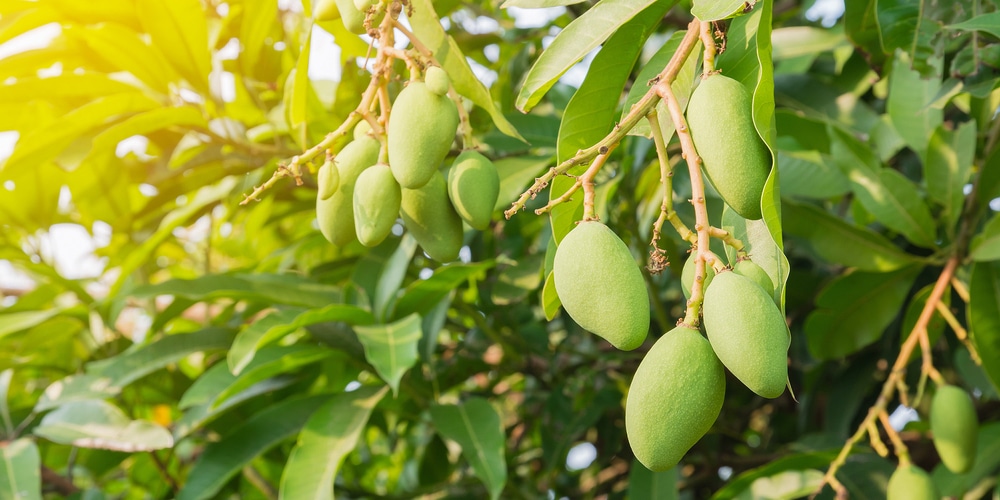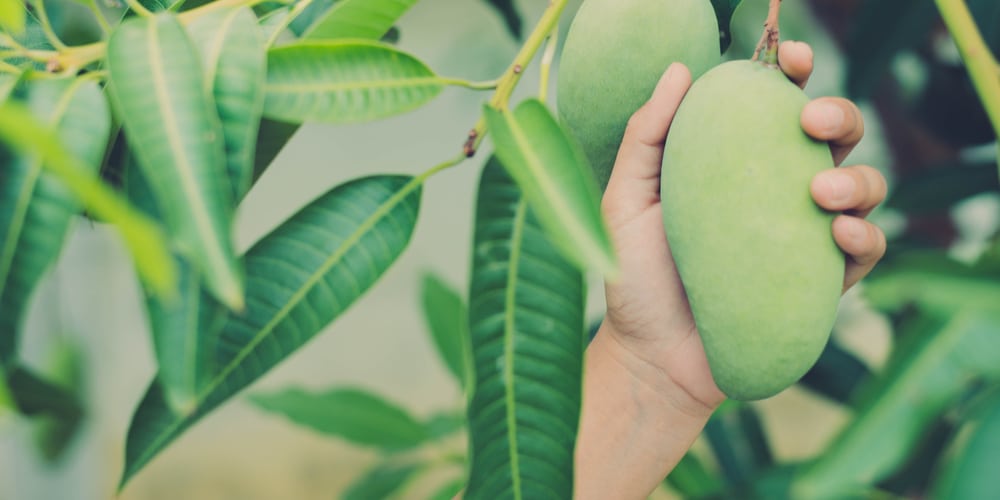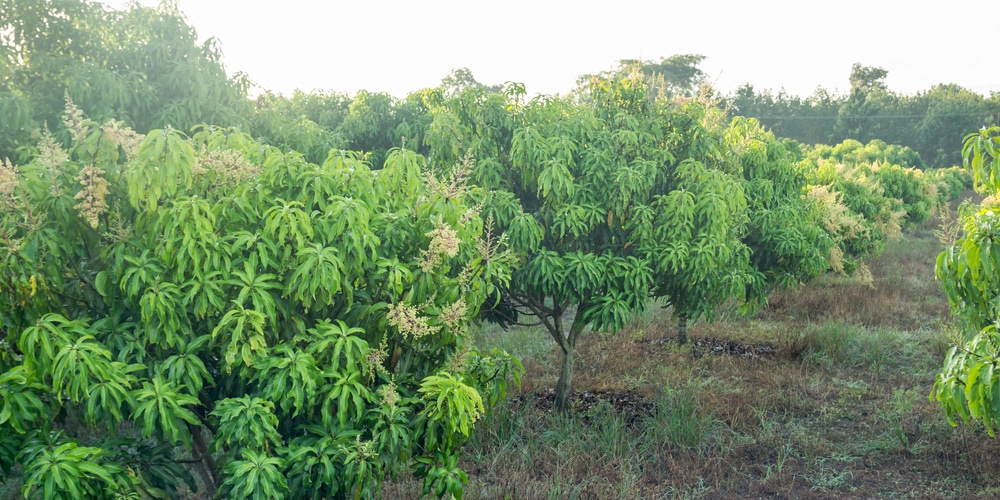Mangoes are succulent fruits that give a rich, tropical aroma and flavor that summon thoughts of sunny climates. Delightfully, the mango trees are more than just a source of these beloved juicy fruits. The plants give back so much to the planet and the people who tend to them.
Whether you are a practicing botanist or a gardener who wants to grow fruit trees, you may want to know whether mango trees are conifers. Confers are a broad family of typically evergreen plants that reproduce by bearing seed-like cones. So, are mango trees gymnosperm conifers?
Quick Answer
Mango trees most certainly do not produce cones, meaning they are not conifers (gymnosperm). Instead, they are angiosperms.
Mango trees usually exhibit some unique characteristics in regard to reproduction and appearance, which leaves many gardeners confused. This post will cover more on mango trees to help you what type of tree it is, emphasizing whether they are conifers, deciduous trees or something else.
What type of tree is a mango tree?
Mango trees, scientifically known as Mangifera indica, are among the most widely cultivated fruit trees. Many gardeners love growing them because their fruits are a rich source of Vitamin A, C, and D.
When it comes to classifying mango trees, it is imperative first to understand the different characteristics of mangos regarding their reproduction and overall look.
First off, mango trees are monoecious plants, which means they produce male and female reproductive parts in the same plant. Most varieties tend to bloom into about 25% male flowers and 75% hermaphroditic blossoms.
Although they can self pollinate, they are typically pollinated by wind, moths, butterflies, and other pollinators. However, unlike many flowering fruit plants, mango trees are seldom pollinated by bees.
Once pollinated, mango flowers morph into drupe-like fruits, with a leathery coating covering every seed. The rind color, shape, and size of individual mangoes vary wildly, depending on the location and cultivar you grow.
So, what type of tree are they? Are Mango Trees Conifers?
Mango trees most certainly do not produce cones, meaning they are not conifers (gymnosperm). Instead, they are angiosperms. Trees such as pine tree are conifers.
Typically, mango trees bloom and produce seeds that are enclosed with a fruit (mangoes). This is unlike the case of gymnosperms, where seeds are usually formed in unisex cones, known as strobili.
Gymnosperm flowers have ovules but not ovaries. Since ovules develop into seeds and ovaries mature into fruits, the seeds will remain nake, hence the name. “Gymno-” is a prefix that means naked.
Like other angiosperms, mango trees exhibit double fertilization and an alternation of generations, including multicellular haploid and diploid phases.
It may be worth noting that all coniferous trees are gymnosperms. The mango tree does not fall into either of these classifications.
Growing and caring for mango trees?
Mangos are evergreen trees with a thick trunk and broad, rounded canopy. They have leathery, dark green, shiny leaves that appear in simple-alternate arrangements on the branches.
When it comes to growing them successfully, mangos are suited to a vast range of tropical climates. They are best planted in the spring when the weather is still mild but when the dangers of the frost have passed.
Plant seedlings in loose, well-drained soil in a spot that receives at least 8 hours of direct sunlight. When selecting a planting site, remember to consider the tree’s mature size and plant at an ideal distance from other plants and structures.
Spacing between individual mango trees will vary, depending on the variety you are growing. If you don’t have a lot of space, you can grow one mango tree and give it optimal care so that it thrives.
Mangoes grow best in sandy loam soil with excellent drainage and slightly acidic to slightly alkaline pH but can tolerate a variety of soil types.
Newly planted mango seedlings might have limp leaves, but this should worry you as long as you have been watering correctly. Keep providing the seemingly weak plant proper care, and it will perk up.
Once established, mango trees are moderately drought-resistant, but drought can adversely affect fruit products.
Notably, while you can grow mango trees in large pots, they are less likely to fruit than when planted in the garden.
Are Mango Trees Conifers?: Conclusion
With proper care, your mango trees will bear fruits after about five and eight years.
Mango fruits typically take 100 to 150 days from blooms to harvest. For your plants to thrive and bear fruits, consider planting them in the garden and giving them proper care.
Related Article: Are Mangos Citrus Fruits?


